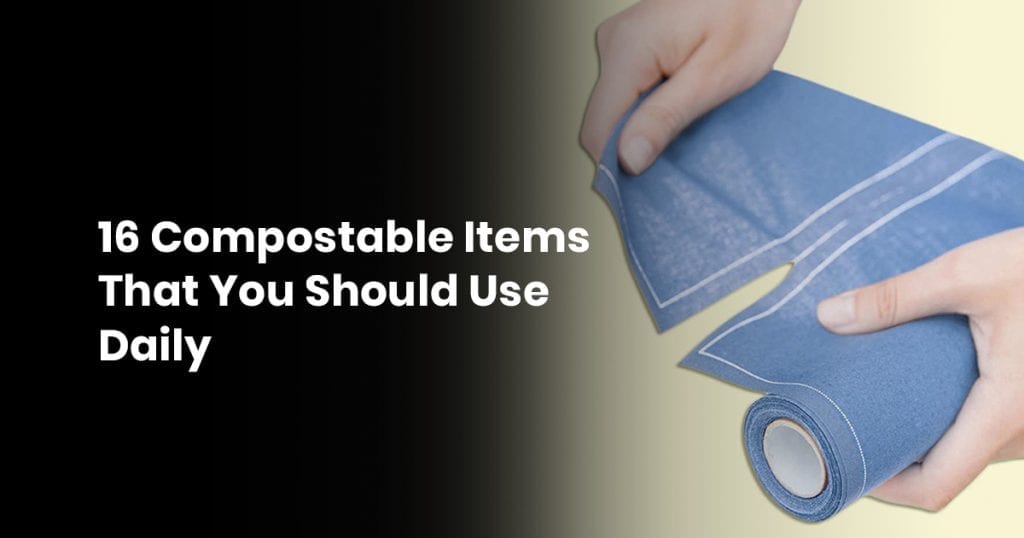Compostable items and biodegradable items are completely different, though this fact is often confused.
If you have any of these items that fit the biodegradable definition in your home, all of which could be daily uses for you, then it’s time to start feeding the earth.
Food waste and other compostable items get thrown into landfills and add to the pollution problem, but you could turn that into what more farmers and gardeners call black gold, and cycle it right back through nature.
You have to keep a balance of carbon and nitrogen in your compost bin, the two main ingredients of compost.
These rely on one another to complete their organic breakdown process, which is why we’ve curated this list to host a good amount of neutrals (things that are organic but do not add to carbon or nitrogen), carbon materials, and nitrogen-rich items that will make a healthy, nearly perfect compost.
If you’d like to see a graphical breakdown of the compostable items , we got you covered:

Contents
- 1 1. Coffee Grounds
- 2 2. Napkins
- 3 3. Egg Shells
- 4 4. Any Vegetables
- 5 5. Cooked Rice
- 6 6. Dryer Lint
- 7 7. Wool Clothes
- 8 8. Tea Bags and Loose Tea Leaves
- 9 9. Nut-Based Milk
- 10 10. Untreated Cardboard
- 11 11. Compostable Trash Bags
- 12 12. Expired Herbs
- 13 13. Human Hair
- 14 14. Envelopes and Boxes
- 15 15. Vacuum Dust
- 16 16. Natural Loofahs
- 17 Related Questions
1. Coffee Grounds
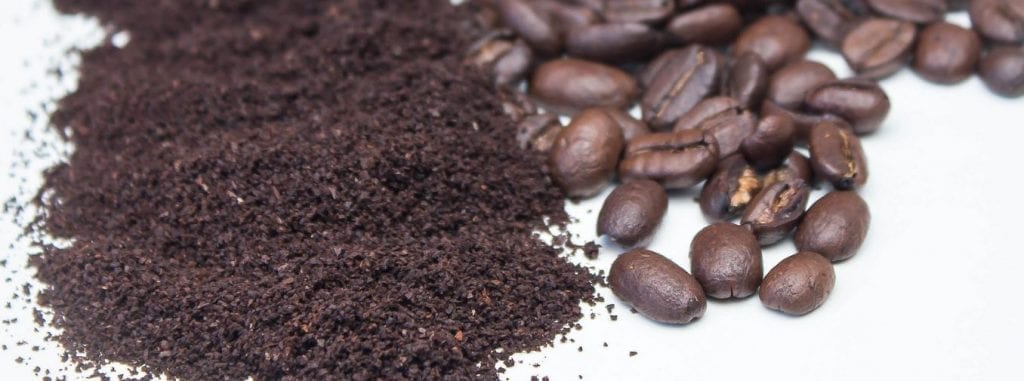
One of the best possible things to add to compost is coffee grounds.
Most of us drink coffee, and those wet grounds can be a truly powerful component in your next batch of compost.
It requires a certain balance between nitrogen and carbon to properly make compost, and the acidity in coffee helps to meet that balance.
Try to add coffee grounds to your compost every day following use if possible, so that mold and mildew don’t grow in the wet grinds. Plus don’t forget you can use reusable coffee filters to go that extra mile.
2. Napkins
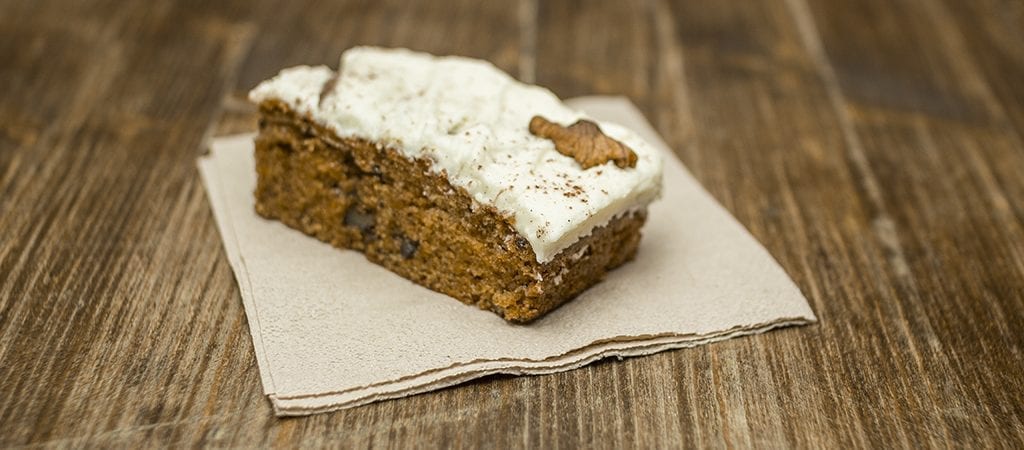
If your napkins are free from dyes, there’s a trick that you can use to make them compostable.
Since compost requires a fairly narrow deadline, ripping these napkins up into little pieces and wetting them before you toss them into the compost will help with the degradation process.
Paper comes from nature, and the processing is minimal, making this a compost staple. Just try to sprinkle the bits of napkin into different areas of your compost bin so it’s not all in one area.
3. Egg Shells
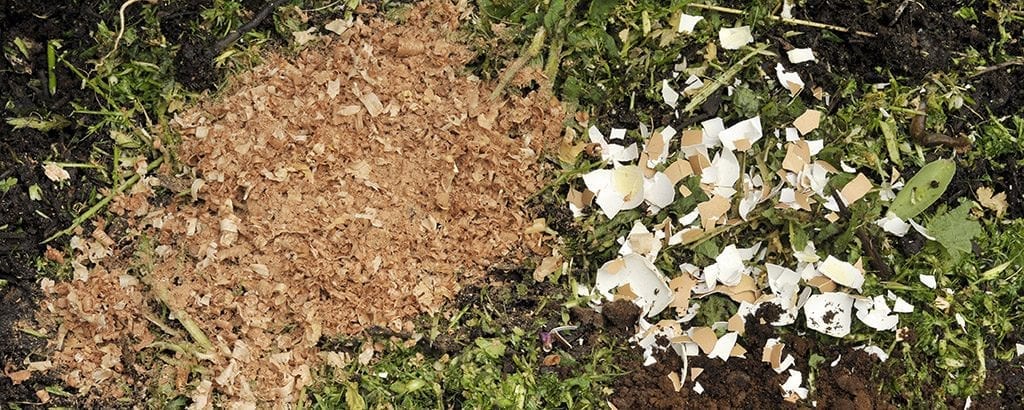
Egg shells have a neutral place in compost, which is great.
If you’re in a large family that uses a ton of eggs every day, each of those eggshells can go into your compost bin without causing unbalance in the carbon and nitrogen.
4. Any Vegetables
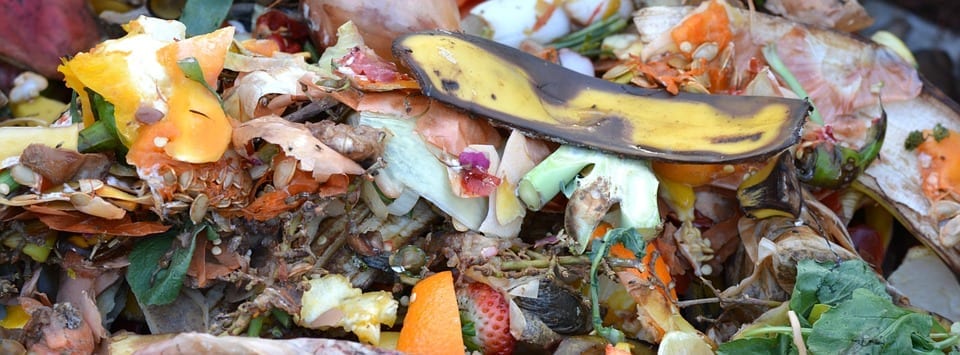
Chopping the top off the celery?
Peeling potatoes?
Whatever it is that you’re doing, there’s some form of food waste from those vegetables you picked up from the farmer’s market.
We know they were a little more expensive than the supermarket chain groceries, so why not put the remainder of your scraps to good use?
Vegetables help add to nitrogen, so ensure there’s a carbon balance if you’re throwing a lot of veggie scraps into the mix.
5. Cooked Rice
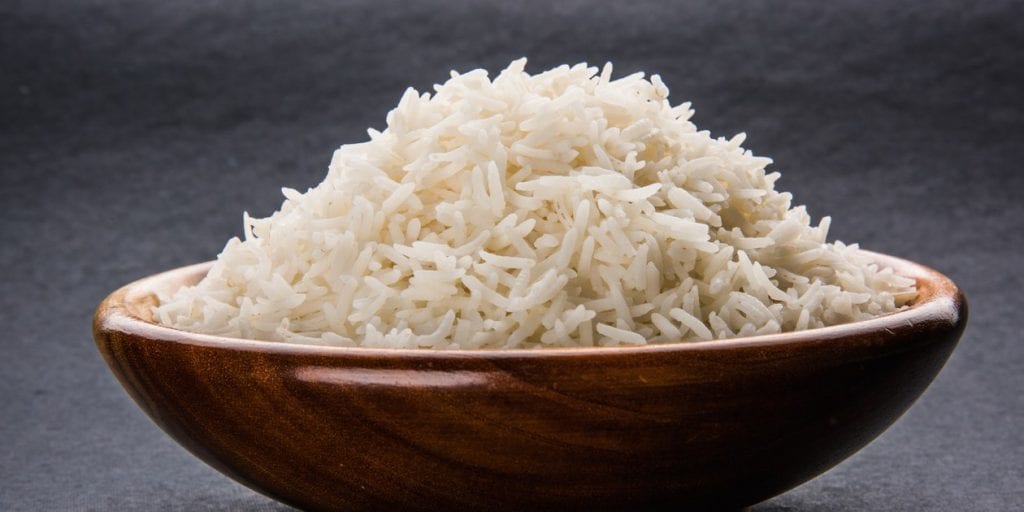
If the leftovers were sitting in the fridge for just a day too long, don’t scrape them into the trash.
Instead, add a bit of water to the pan or bowl and mix them around for a second, then dump them into the compost bin.
Rice takes a couple of weeks to fully break down, but that’s actually a good thing. It’s like a slow-drip IV feed of nitrogen for the first quarter of a compost life cycle.
6. Dryer Lint
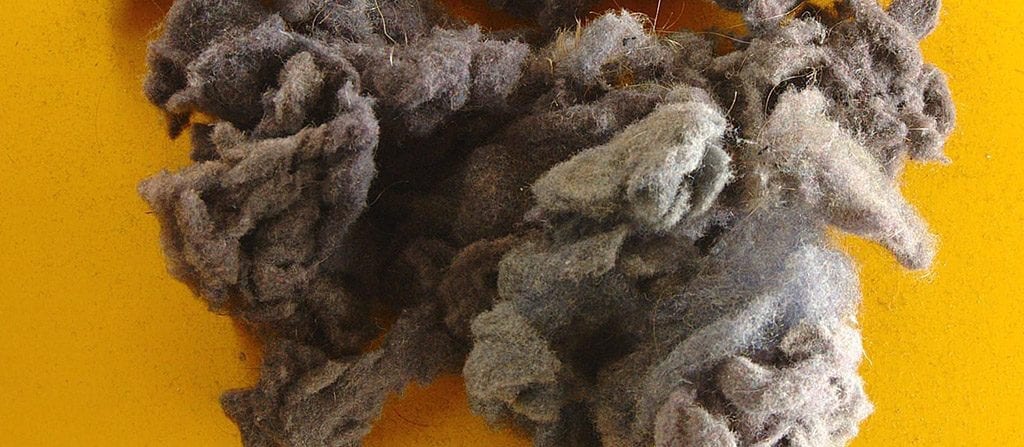
Dryer lint is weird, because it’s super annoying to us, but actually plays a pretty good role in composting.
You’ll notice that most dryer lint looks fairly gray. That’s because the dryer is extracting the little beaded-up puffs of lint off the clothes, and not extracting any harmful dyes or chemicals.
Most of your clothes are likely made of cotton, and if they are, you’re putting something that began in the soil, right back into the soil.
7. Wool Clothes
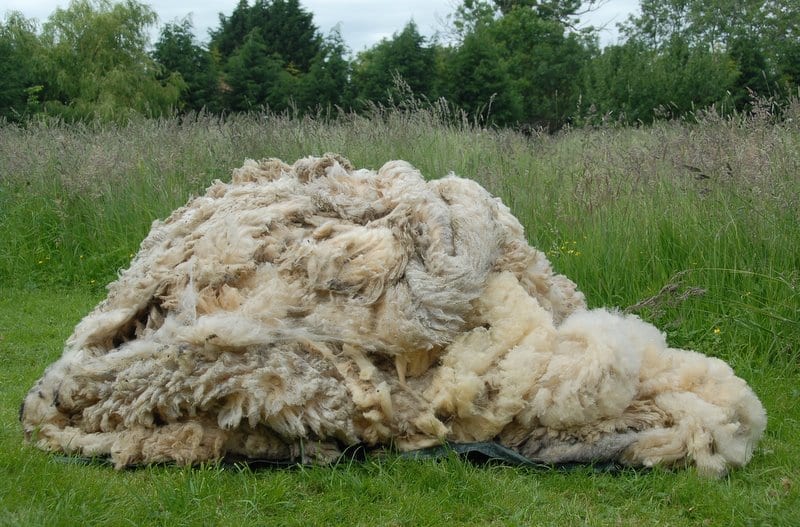
Donating to a center is a good thing to do, but if you have strictly wool clothes that are tattered beyond repair, get ready to toss them in the compost bin.
You’ll have to cut them up into very small pieces before you do this, otherwise when compost day rolls around, you’re just going to have a dirty sweat in a bunch of dirt with some little holes through it.
Microorganisms that help with composting are excellent, but they’re not miracle workers against man-made creations.
8. Tea Bags and Loose Tea Leaves
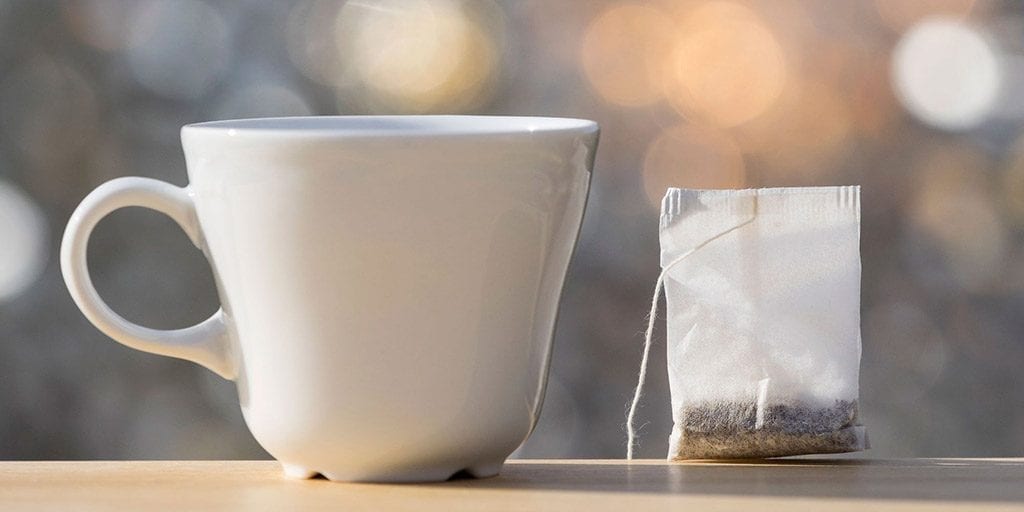
Whether you go with tea bags or loose leaves, you’re able to compost them.
Loose leaves can just be thrown into the mix straight away, but you need to be careful with the bags.
If they’re made out of rayon (which should be clear on the packaging), they’re not good for composting. If they aren’t made of rayon, remove the staple(s) from the bag and toss it in the compost bin.
9. Nut-Based Milk
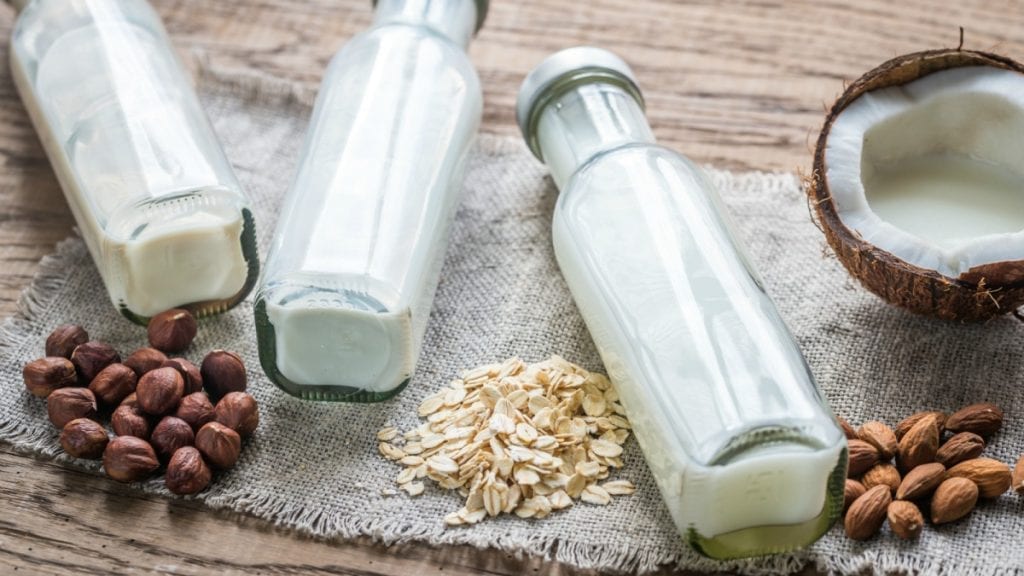
Your lactose intolerance could actually have a secret silver lining to it.
If your nut milk (cashew, almond, even coconut) has expired or is just at a point where you don’t feel comfortable drinking it anymore, do not dump it down the drain.
Instead, head outside and pour it into your compost bin before recycling the container. The higher concentration of nut-based proteins break down in a matter of days.
10. Untreated Cardboard
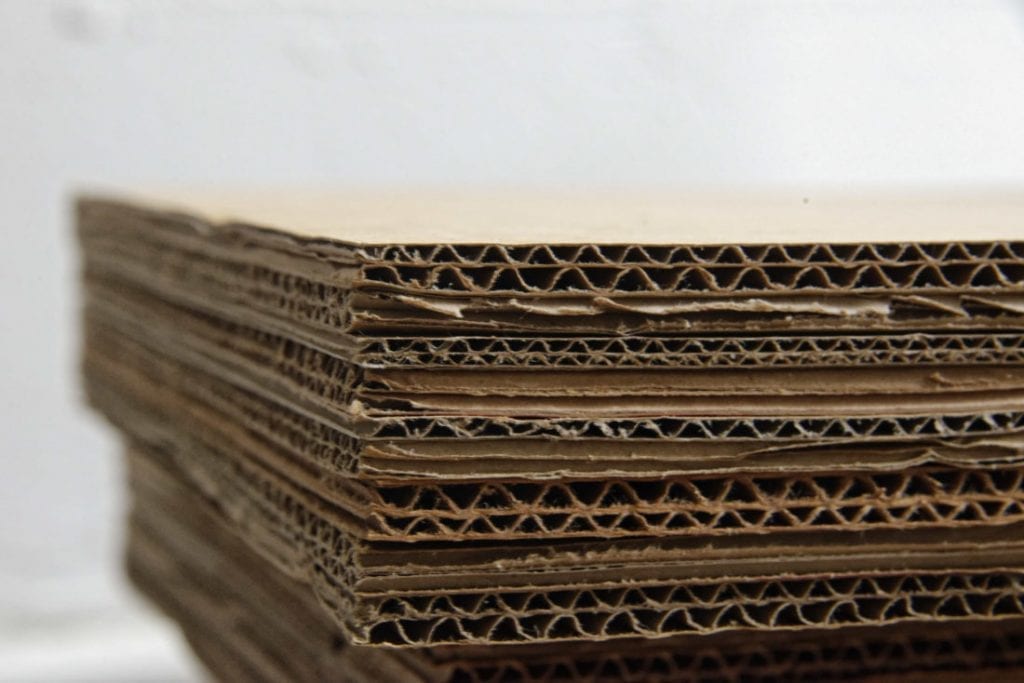
If it’s not visible to the consumer through the packaging, then that bit of cardboard is probably completely brown and untreated.
If it’s not colored with dyes or coated in a waxy resin on the exterior, cardboard can be a staple ingredient in your compost.
It adds to the carbon content of your compost, and you definitely do need to cut it up prior to tossing it in.
You can find bits of cardboard in some individual food packaging, toilet paper rolls, paper towel rolls, and a volley of other things found around your home.
11. Compostable Trash Bags
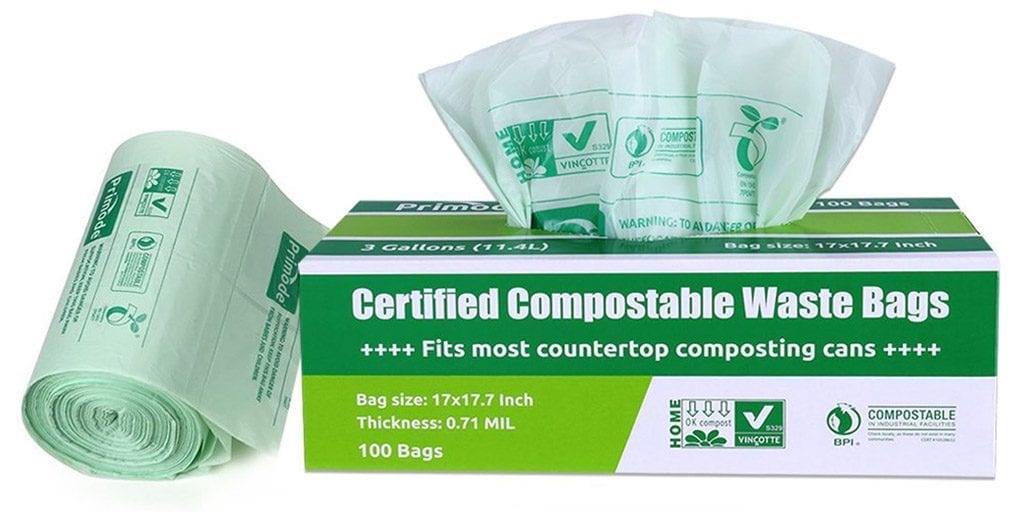
There’s a massive difference between biodegradable and compostable, because compostable items need to be organic and made out of plant fibers (or something else that would constitute as a durable material) in order to actually be compostable.
These bags would serve no purpose in a landfill, so it’s best to use them as a can liner, and after a few uses, rinse them out and put them in the compost bin.
12. Expired Herbs
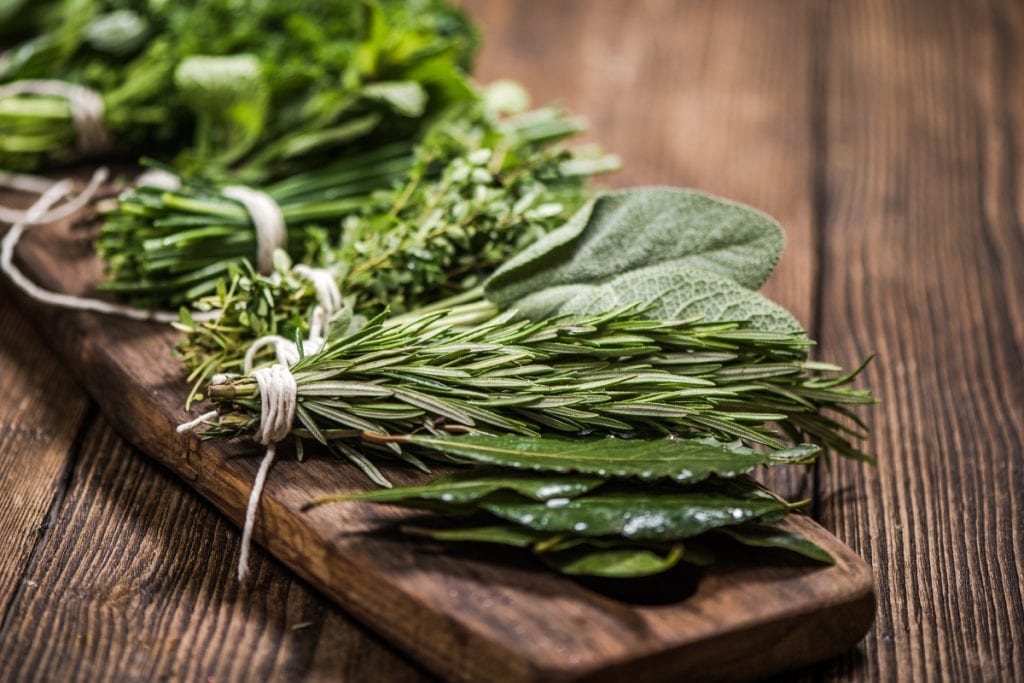
If you’ve ever fancied drying your own herbs, you’ll be happy to know that they’re completely compostable, even after the drying process.
If it’s just you or maybe two of you, you might realize after a little while that you’ve dried far too many, and you’re left with a bunch that won’t be used in time.
That’s okay, just put those (and for that matter, just about any other spice in your cabinet that isn’t sitting too well with you) right into the compost bin.
13. Human Hair
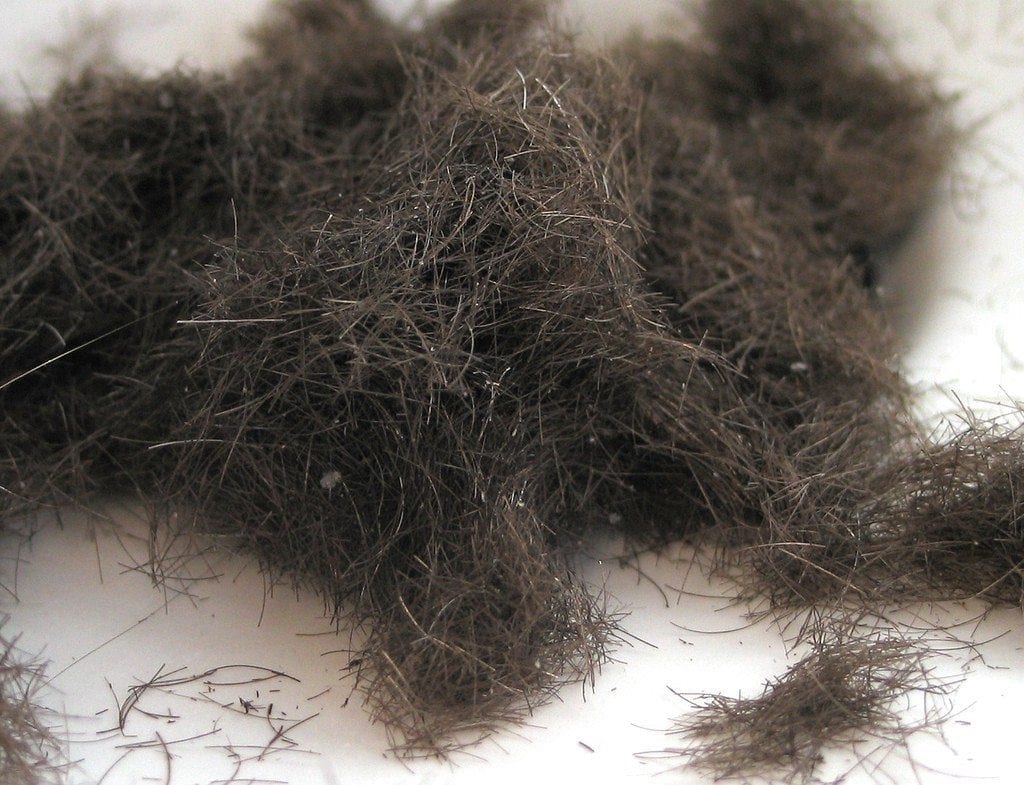
Clogged shower drainers, hairbrush hair, clippings if you cut your hair at home—doesn’t matter how you get it, your compost bin wants it.
Hair is just a big buildup of keratin, which breaks down ridiculously fast in compost bins.
The same also applies for fingernail and toenail clippings, because they’re made out of the exact same stuff, it’s just a more hardened version.
14. Envelopes and Boxes
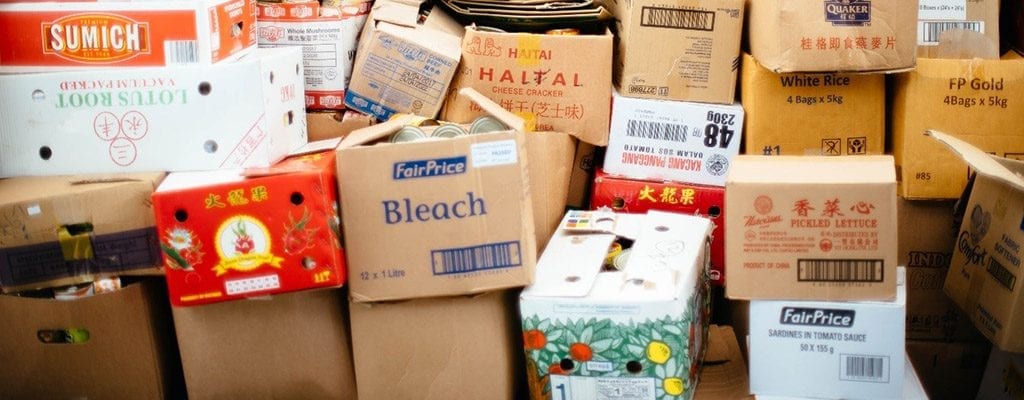
If you’re getting constant junk mail, it’s time to put it to good use.
Envelopes that don’t contain a plastic window, and those boxes that are constantly on your doorstep from Amazon are both great things to add into compost.
Just try to stick away from fliers and other dye-heavy items that could do more harm than good.
15. Vacuum Dust
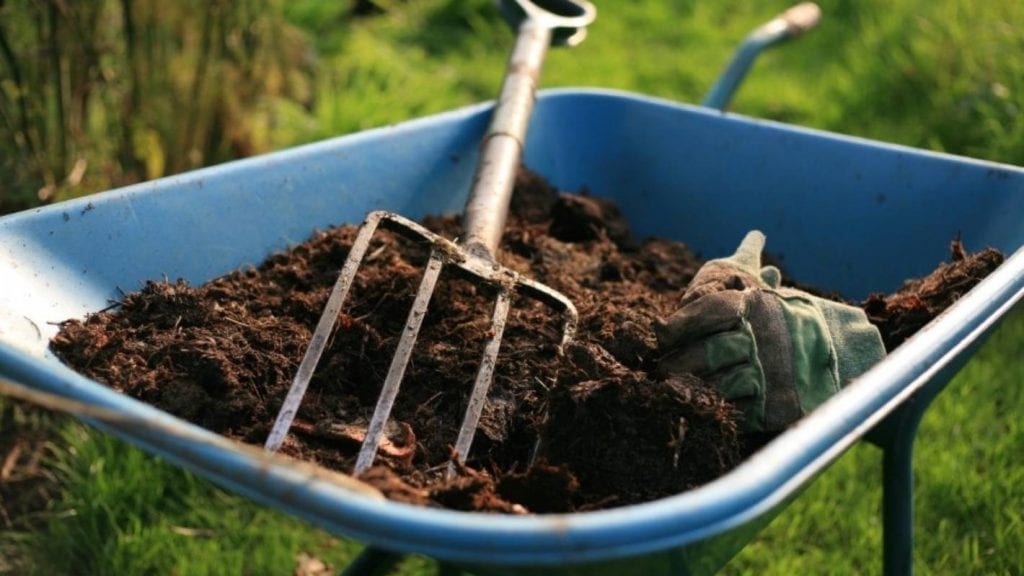
Dust is primarily made up of human skin and tracked dirt. It doesn’t get more organic than that.
We shed an absurd amount of skin cells every day, and those get picked up into the air and drift down to the floor in multiple rooms across the house.
Filter out items from your vacuum dust like debris and non-compostable items, then toss the rest right into the bin.
This doesn’t take more than a couple of weeks to break down, so you could reasonably add this half-a-dozen times throughout the life cycle of your compost.
16. Natural Loofahs
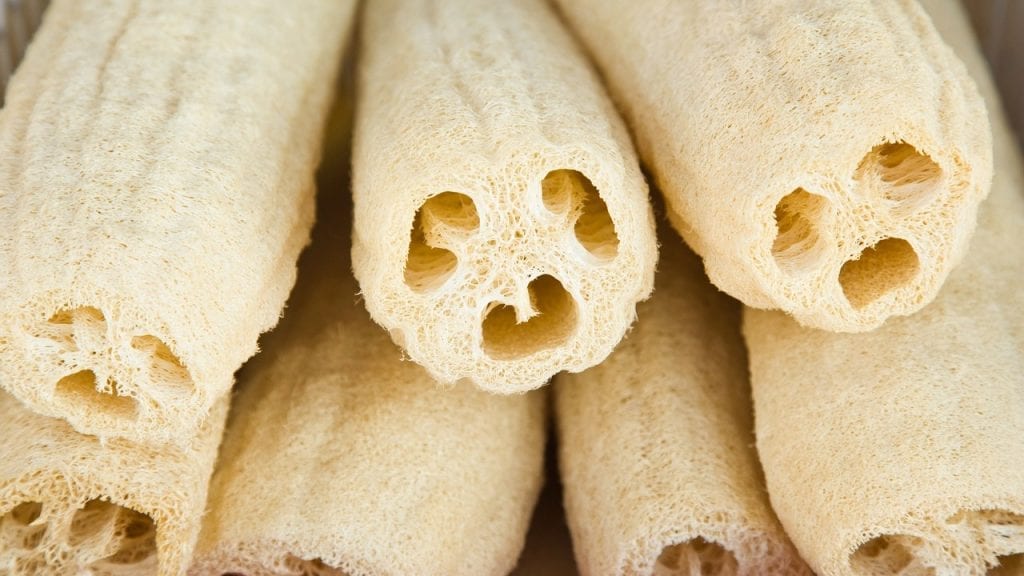
You should be swapping out the items in your personal hygiene lineup as often as possible.
Loofahs undergo a very minimal amount of processing, making them perfect for composting. Before you put them in the bin, wash them out so that no suds appear from stubborn soaps and conditioners.
Soak for ten minutes in the sink, then let it dry to get any synthetics out of it. Once dry, put it in the center of your compost and cover it with other items so that it can break down as quickly as possible.
Related Questions
Commonly asked questions:
How Long Does Compost Take to Make?
It depends on what you’ve tossed in, in what quantity, and the balance of carbon and nitrogen. Compost can take about 90 days to complete from start to finish.
Microorganisms take a little while to get the ball rolling, so introducing as many items as possible right from the start could shorten the time spent.
If you leave your compost in for too long, then it’s going to turn into rot.
Eventually, those microorganisms will continue breaking down the compost itself, because it has nothing else to feed off of. And you can’t just toss a few more item into the bin and churn it; the compost needs to be used at this point.
If you don’t have any plants or crops to put the compost on right now, the very least you could do is spread it on patches of your lawn that might appear weak or dead.
What Will Interfere With Compost Production?
The first thing that will interfere is a lack of carbon or nitrogen.
If you don’t have a balance, you’re just making a big pile of stinky rot. The other is the housing. If your compost isn’t in a closed-off bin (yet one that can still be aerated), then mold and mildew are going to form.
Compost needs oxygen at different intervals to continue the breakdown of organic goods.
If you have a horizontal compost bin with a churning level, you don’t want to aerate every single day (because that would actually interfere with compost production), but you do want to aerate every three or four days.
If you’re using a compost bin instead of a barrel or tumbler, then you should aerate at least once a week. Grab a shovel and mix it around for a bit until you’ve moved every pocket of compost, and you’ll be good to go.

